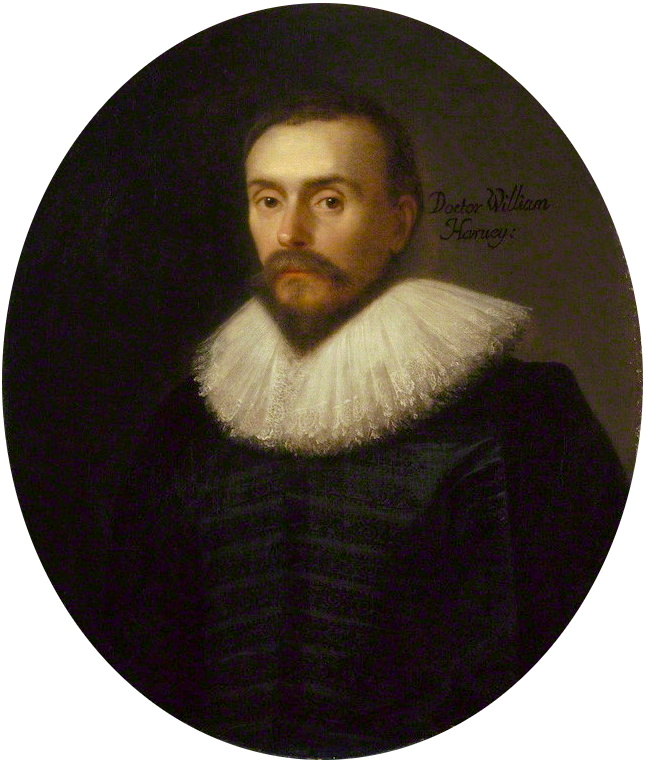Galen's Influence in Modern Medicine
Towards the end of the 1400s, there was growing reinterest in anatomical study due to the popularization of the naturalism movement in art during the Renaissance. This brought interest back to the works of Galen and Herophilus, also reinforcing Galen's ancient humoral theory of the body. This artistic movement would not only gain interests from artists such as Leonardo da Vinci, but also the famed anatomist Andreas Vesalius (1514-1564). Looking to correct Galen’s earlier errors, as well as increase the knowledge of human anatomy, Vesalius’ 1543 publication of De humani corporis fabrica libri septem (On the Fabric of the Human Body) was rooted in logic and observation, showing a combination of anatomical knowledge with the popular naturalistic art of the time period.
Trained with a Galenic and humanistic background at the University of Padua, William Harvey became yet another famed anatomist. He valued the direct experience of performing dissections himself, rather than depending solely on text to learn anatomy. He most famously discovered the concept of blood circulation within the body in his 1628 work, Exercitatio Anatomica de Motu Cordis et Sanguinis in Animalibuson (On the Motion of the Heart and Blood in Animals). He explained the circulation of blood, ultimately changing the way physicians and anatomists viewed the heart.
Some of Galen's language still resonates in current culture, as seen with the common head 'cold'. Galen's impressions on later anatomists would be monumental in helping them build the foundations of accepted modern anatomical and pathological knowledge.
Andreas Vesalius 1514-1564
Image Obtained from Wikimedia Commons
William Harvey (1578-1657)
Image Obtained from Wikimedia Commons

